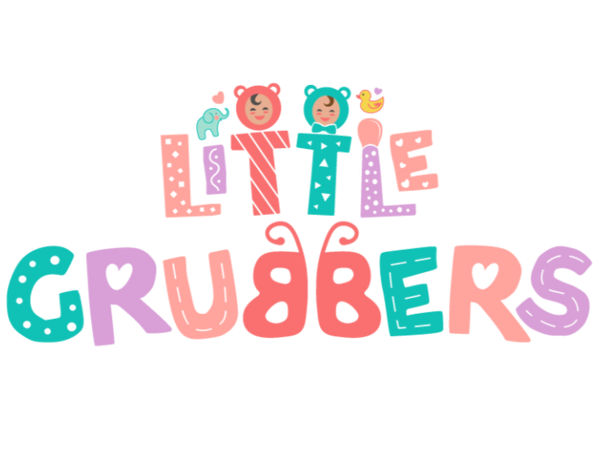A Milestone Full of Joy and Mess
Your baby’s first feeding experience is a moment you’ll never forget—it’s equal parts exciting, messy, and a little nerve-wracking. I remember sitting down with my baby, a bowl of sweet potato puree in one hand and a spoon in the other, wondering how this first meal would go.
From spills to smiles, that first feeding session taught me lessons I carry with me today. Here, I’m sharing my experience, along with actionable tips to make introducing solids to your baby a joyful journey.
1. Expect the Unexpected (and Embrace the Mess!)
During my baby’s first feeding, I quickly realized it wasn’t about precision. Half the puree ended up on their face, hands, and somehow even in their hair! It’s normal to feel a bit overwhelmed by the mess, but embracing it is part of the experience.
Pro Tips
- Use a bib and a mat under the highchair to make cleanup easier.
- Keep a damp cloth or baby wipes handy for quick cleanups between bites.

2. Start Simple but Nutritious
When introducing solids, start with single-ingredient foods like pureed sweet potatoes, carrots, or avocado. These are gentle on your baby’s digestive system and make it easier to identify potential allergens.
What I Did
I opted for sweet potatoes for their natural sweetness and smooth texture. Watching my baby’s reaction to their first spoonful—wide eyes and a scrunched nose—was priceless!
Pro Tips
- Introduce one new food at a time, waiting 3–5 days before adding another to monitor for allergies.
-
Aim for a mix of fruits, veggies, and grains over time.

3. Let Your Baby Lead the Way
Feeding isn’t just about nutrition—it’s a chance for your baby to explore new textures, tastes, and independence.
Lessons Learned
My baby often leaned forward when they were interested and turned their head away when they weren’t. Learning to read these cues made feeding less stressful.
Pro Tips
- If your baby refuses food, don’t force it. Take a break and try again later.
- Encourage self-feeding as they grow. The 3-in-1 Baby Spoon™ is an excellent tool for transitioning from parent-led feeding to self-feeding.
Check out “How to Encourage Your Baby to Self-Feed” for tips on fostering independence.

4. Create a Calm and Positive Atmosphere
Babies are sensitive to their surroundings, and a calm atmosphere can make feeding time more enjoyable.
What Worked for Us
I played soft music and avoided distractions like TV during feeding time. Keeping eye contact and smiling helped my baby feel at ease.
Pro Tips
- Stick to a routine—feed your baby when they’re alert and not overly hungry or tired.
- Celebrate small wins with encouragement and claps.

5. Tools Can Make a Big Difference
Having the right feeding tools simplified the process and made it more enjoyable for both of us.
Must-Have Tools
- A soft-tipped spoon like the 3-in-1 Baby Spoon™, which is gentle on gums and easy to hold.
- Silicone bibs with a pocket to catch food spills.
- Divided plates for portioning and introducing variety.
Tip: Multipurpose tools grow with your baby, making them a worthwhile investment.

6. Cherish the Milestone
More than anything, my baby’s first feeding experience was a reminder to slow down and savor the moment. It’s a milestone filled with giggles, curiosity, and connection.
Pro Tips
- Take pictures or videos to capture the memory.
- Reflect on what went well and adapt your approach for future feedings.
Make Every Bite Count
Your baby’s first feeding experience is just the beginning of their mealtime journey. With a little patience, creativity, and the right tools, you can turn feeding into a joyful, bonding experience.
Ready to simplify feeding time? Discover the 3-in-1 Baby Spoon™—designed to grow with your baby and make every milestone more manageable.
Explore the 3-in-1 Baby Spoon™ today and start your feeding adventure!

